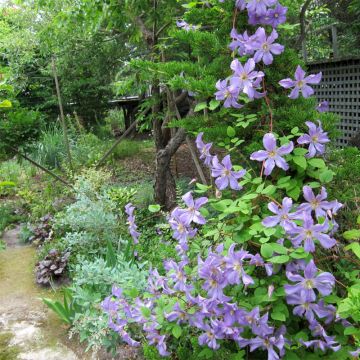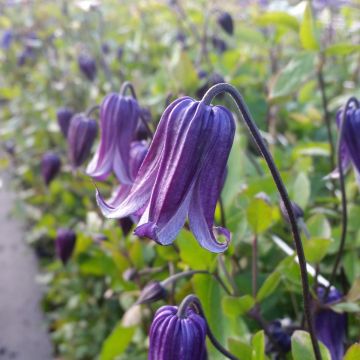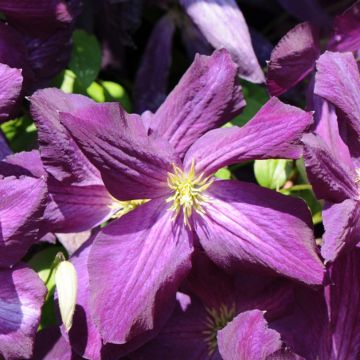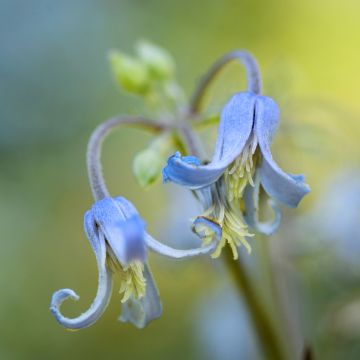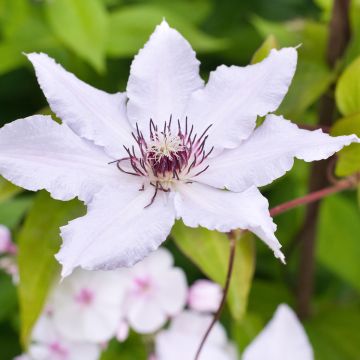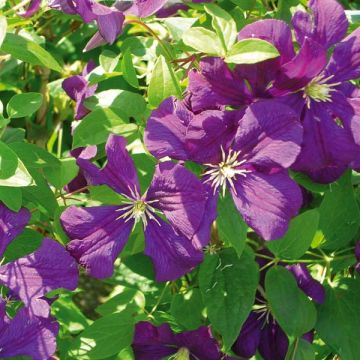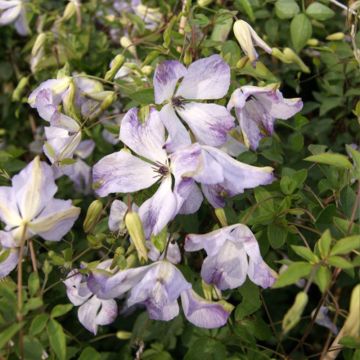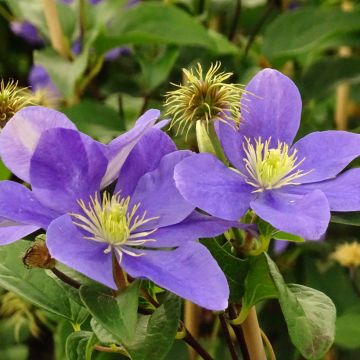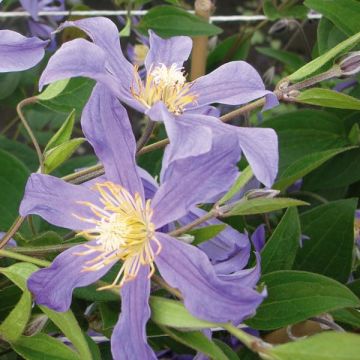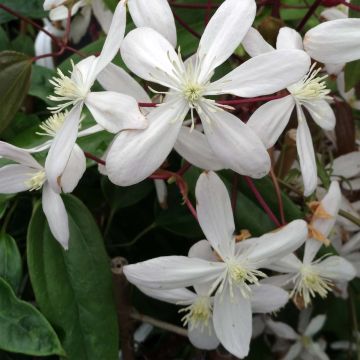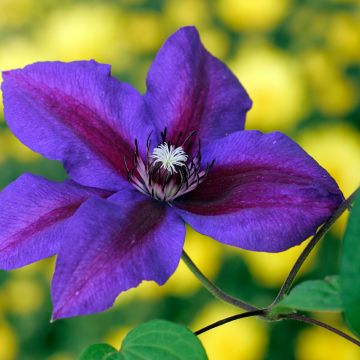Shipping country and language
Your country of residence may be:
Your country of residence is:
For a better user experience on our website, you can select:
Your shipping country:
-
Andorra
-
Austria
-
Belgium
-
Bulgaria
-
Canada
-
Chile
-
Croatia
-
Cyprus
-
Czechia
-
Denmark
-
Estonia
-
Finland
-
France
-
Germany
-
Greece
-
Hungary
-
Iceland
-
Ireland
-
Italy
-
Latvia
-
Lithuania
-
Luxembourg
-
Malta
-
Monaco
-
Netherlands
-
Poland
-
Portugal
-
Romania
-
Slovakia
-
Slovenia
-
Spain
-
Sweden
-
Switzerland
-
United Kingdom
We only deliver seed and bulb products to your country. If you add other products to your basket, they cannot be shipped.
Language:
-
French
-
German
-
Spanish
-
English
-
Italian
My Account
Hello
My wish lists
Log in / Register
Existing customer?
New customer?
Create an account to track your orders, access our customer service and, if you wish, make the most of our upcoming offers.
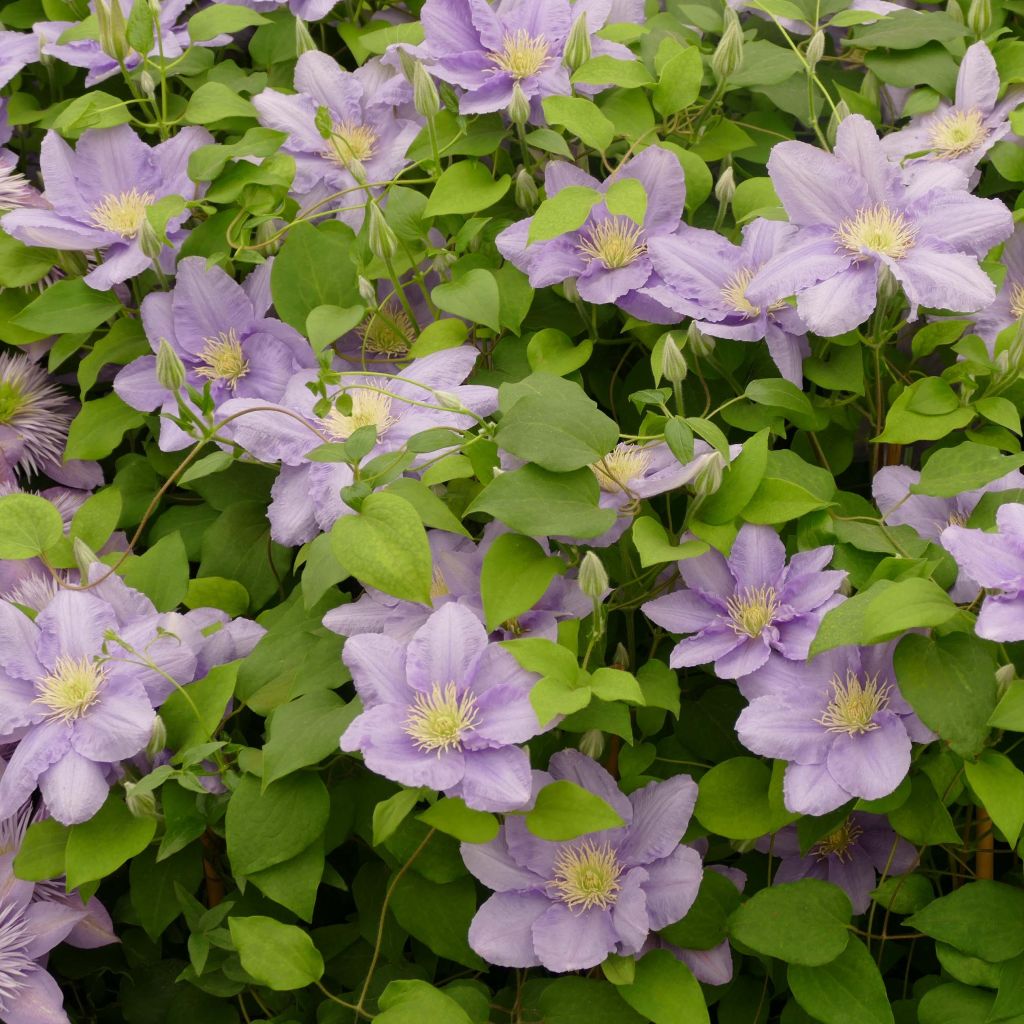

Clematis Cezanne
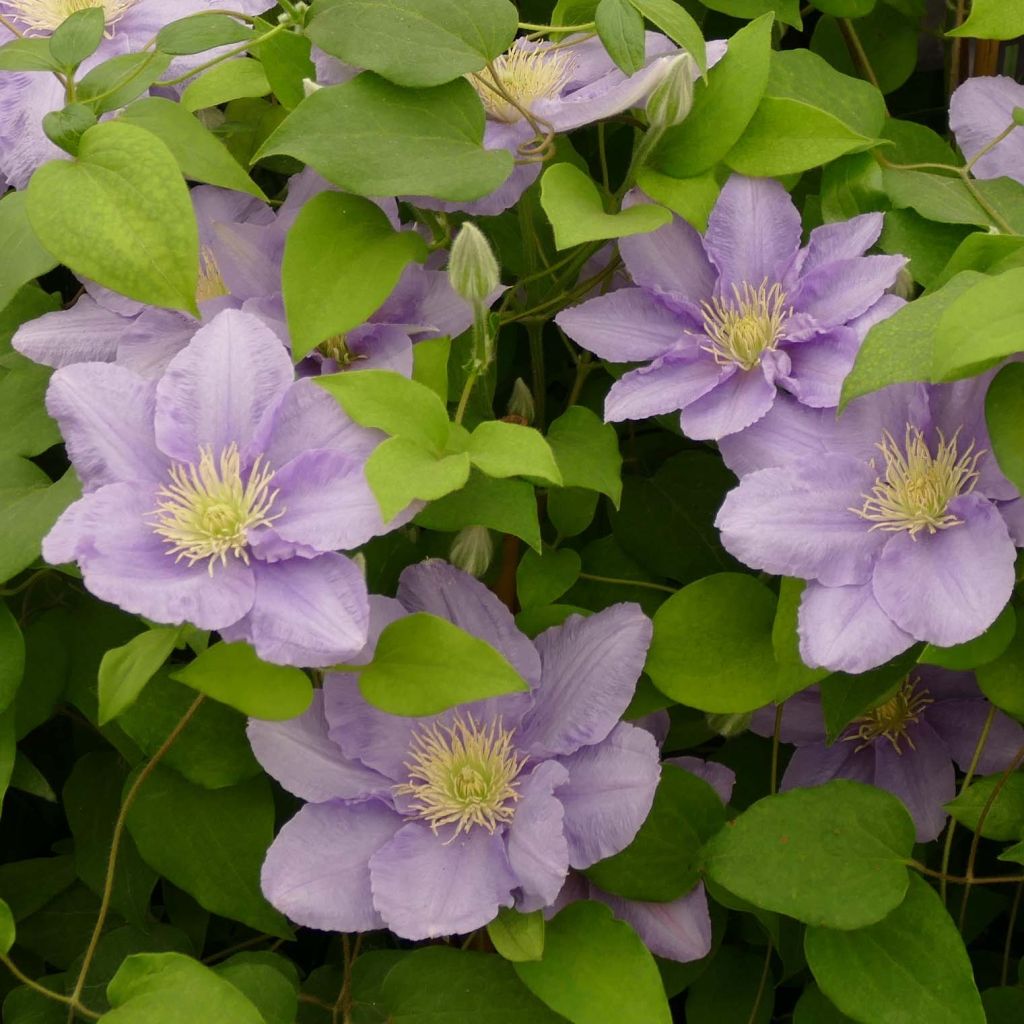

Clematis Cezanne
Clematis Cezanne
Clematis Cezanne
Clematis [Cézanne], Clematis 'Evipo023'
Order in the next for dispatch today!
Dispatch by letter from €3.90.
Delivery charge from €5.90 Oversize package delivery charge from €6.90.
More information
This item is not available in your country.
Schedule delivery date,
and select date in basket
This plant carries a 6 months recovery warranty
More information
We guarantee the quality of our plants for a full growing cycle, and will replace at our expense any plant that fails to recover under normal climatic and planting conditions.
From €5.90 for pickup delivery and €6.90 for home delivery
Express home delivery from €8.90.
Does this plant fit my garden?
Set up your Plantfit profile →
Description
Clematis 'Cezanne' is a climbing plant that is adorned with a multitude of star-shaped flowers measuring 8 to 12cm (3 to 5in) in diameter, ranging from bright lavender-blue to violet-mauve. The flowers appear in May-June and then in August-September. This is a recent variety from the range of climbing clematis from Raymond Evision, selected for their compact habit. This group of clematis is particularly suitable for small gardens and pot cultivation. This variety is perhaps one of the most vigorous in the series. It produces long, sturdy, voluble stems that require little support. Use it to adorn a small dark bush or to create a flowery curtain in a pot with a supporting structure, creating an intimate corner on a patio. It is a hardy perennial that can be grown in sunny locations with moist, rich, and well-drained soil.
The genus Clematis belongs to the Ranunculaceae family. 'Cezanne' is a horticultural cultivar obtained by Raymond Evision in England, introduced in 2012. This clematis is the result of cross-breeding between 'Mrs. Georges Jackman' and 'H.F. Young'.
It is a woody climbing perennial plant with short stems that will not exceed 1.5m (5ft) in height with a spread of 50cm (20in). The deciduous leaves fall off in winter. They are a bright green colour, composed of 3 ovate to lanceolate leaflets measuring 3 to 7cm (1 to 3in) long and 1.5 to 5cm (1 to 2in) wide, with relatively prominent veins. The rounded, single flowers are composed of 6 to 8 widely elliptical to rounded sepals, overlapping and pointed at the tips. They are 8 to 12cm (3 to 5in) in diameter. The flower is lavender-blue, topped with a crown of cream stamens with yellow-green anthers. The colour of the flowers tends to fade when fully open, especially when the plant is grown in very sunny locations. This clematis clings to the support or host plant through voluble stems with petioles transformed into tendrils. This variety has good health and hardiness.
Plant your clematis alongside climbing roses to extend the flowering period until the end of summer. This is a diverse genus, with flowers in all colours, shapes, and sizes. Take advantage of their easy cultivation to give your garden a romantic and bohemian touch. The lavender-blue flowers of 'Cezanne' would be perfect when combined with the golden foliage of a small bush or to brighten up a dark hedge. Thanks to its relatively modest size, it will easily find a place in a small garden and will be perfectly happy in a pot on a balcony or next to a doorway, embracing a small bamboo structure to welcome visitors with its magical colours.
Report an error about the product description
Clematis Cezanne in pictures
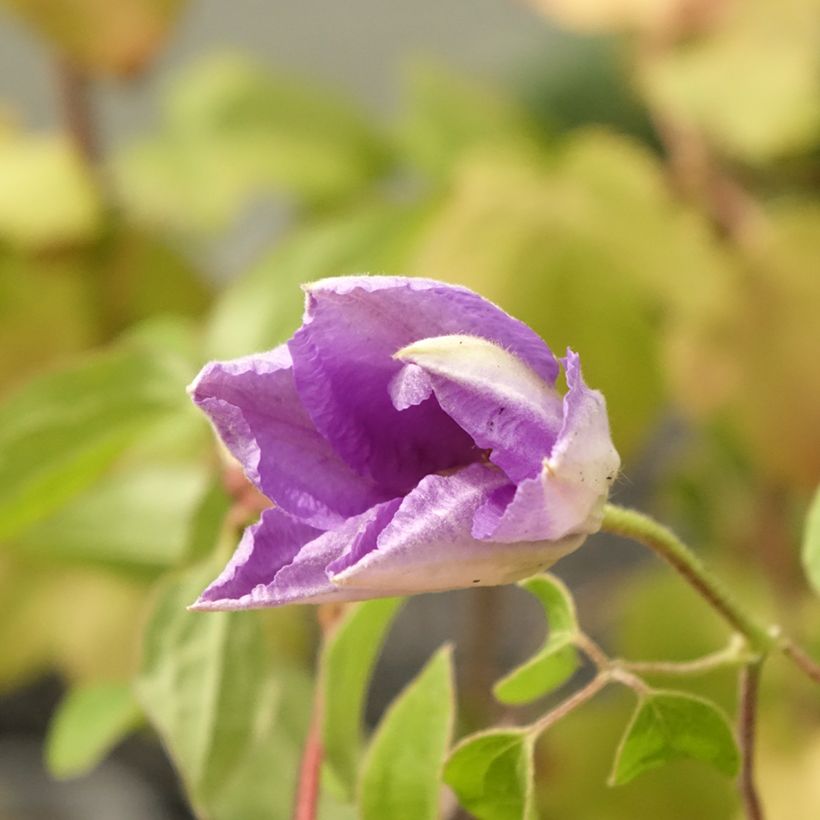

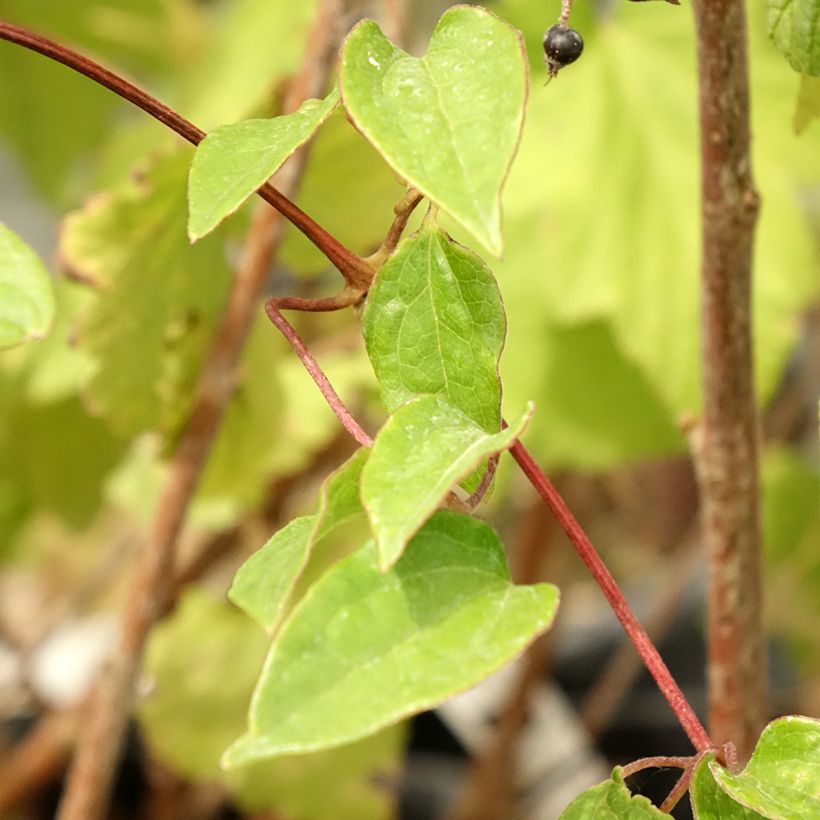

Plant habit
Flowering
Foliage
Botanical data
Clematis
Cezanne
Ranunculaceae
Clematis [Cézanne], Clematis 'Evipo023'
Cultivar or hybrid
Other Clematis A to Z
Planting and care
Choose a sunny location without being scorching, or partial shade. In a sunny location, shade the base of your plant with a ground cover plant or a perennial geranium. Clematis like to have cool roots. Work the soil to a depth of 20cm (8in), and lighten it with good compost. Position the plant and cover the root ball with 3cm (1in) of soil. Water generously and regularly during the first few weeks. Clematis plants cling on their own thanks to their tendrils. To help it grow, provide it with a trellis or let it dress the trunk of a tree by placing a mesh against the trunk to support the clematis. Clematis also like to grow freely on neighbouring plants.
In early spring, prune the previous year's stems to about 15 to 20cm (6 to 8in) from the ground, above a pair of large buds.
Do not overwater it, as stagnant water can cause a fungus at the base of the clematis plants.
It is easy to grow in a large pot, filled with good horticultural soil.
Planting period
Intended location
Care
This item has not been reviewed yet - be the first to leave a review about it.
Clematis
Haven't found what you were looking for?
Hardiness is the lowest winter temperature a plant can endure without suffering serious damage or even dying. However, hardiness is affected by location (a sheltered area, such as a patio), protection (winter cover) and soil type (hardiness is improved by well-drained soil).

Photo Sharing Terms & Conditions
In order to encourage gardeners to interact and share their experiences, Promesse de fleurs offers various media enabling content to be uploaded onto its Site - in particular via the ‘Photo sharing’ module.
The User agrees to refrain from:
- Posting any content that is illegal, prejudicial, insulting, racist, inciteful to hatred, revisionist, contrary to public decency, that infringes on privacy or on the privacy rights of third parties, in particular the publicity rights of persons and goods, intellectual property rights, or the right to privacy.
- Submitting content on behalf of a third party;
- Impersonate the identity of a third party and/or publish any personal information about a third party;
In general, the User undertakes to refrain from any unethical behaviour.
All Content (in particular text, comments, files, images, photos, videos, creative works, etc.), which may be subject to property or intellectual property rights, image or other private rights, shall remain the property of the User, subject to the limited rights granted by the terms of the licence granted by Promesse de fleurs as stated below. Users are at liberty to publish or not to publish such Content on the Site, notably via the ‘Photo Sharing’ facility, and accept that this Content shall be made public and freely accessible, notably on the Internet.
Users further acknowledge, undertake to have ,and guarantee that they hold all necessary rights and permissions to publish such material on the Site, in particular with regard to the legislation in force pertaining to any privacy, property, intellectual property, image, or contractual rights, or rights of any other nature. By publishing such Content on the Site, Users acknowledge accepting full liability as publishers of the Content within the meaning of the law, and grant Promesse de fleurs, free of charge, an inclusive, worldwide licence for the said Content for the entire duration of its publication, including all reproduction, representation, up/downloading, displaying, performing, transmission, and storage rights.
Users also grant permission for their name to be linked to the Content and accept that this link may not always be made available.
By engaging in posting material, Users consent to their Content becoming automatically accessible on the Internet, in particular on other sites and/or blogs and/or web pages of the Promesse de fleurs site, including in particular social pages and the Promesse de fleurs catalogue.
Users may secure the removal of entrusted content free of charge by issuing a simple request via our contact form.
The flowering period indicated on our website applies to countries and regions located in USDA zone 8 (France, the United Kingdom, Ireland, the Netherlands, etc.)
It will vary according to where you live:
- In zones 9 to 10 (Italy, Spain, Greece, etc.), flowering will occur about 2 to 4 weeks earlier.
- In zones 6 to 7 (Germany, Poland, Slovenia, and lower mountainous regions), flowering will be delayed by 2 to 3 weeks.
- In zone 5 (Central Europe, Scandinavia), blooming will be delayed by 3 to 5 weeks.
In temperate climates, pruning of spring-flowering shrubs (forsythia, spireas, etc.) should be done just after flowering.
Pruning of summer-flowering shrubs (Indian Lilac, Perovskia, etc.) can be done in winter or spring.
In cold regions as well as with frost-sensitive plants, avoid pruning too early when severe frosts may still occur.
The planting period indicated on our website applies to countries and regions located in USDA zone 8 (France, United Kingdom, Ireland, Netherlands).
It will vary according to where you live:
- In Mediterranean zones (Marseille, Madrid, Milan, etc.), autumn and winter are the best planting periods.
- In continental zones (Strasbourg, Munich, Vienna, etc.), delay planting by 2 to 3 weeks in spring and bring it forward by 2 to 4 weeks in autumn.
- In mountainous regions (the Alps, Pyrenees, Carpathians, etc.), it is best to plant in late spring (May-June) or late summer (August-September).
The harvesting period indicated on our website applies to countries and regions in USDA zone 8 (France, England, Ireland, the Netherlands).
In colder areas (Scandinavia, Poland, Austria...) fruit and vegetable harvests are likely to be delayed by 3-4 weeks.
In warmer areas (Italy, Spain, Greece, etc.), harvesting will probably take place earlier, depending on weather conditions.
The sowing periods indicated on our website apply to countries and regions within USDA Zone 8 (France, UK, Ireland, Netherlands).
In colder areas (Scandinavia, Poland, Austria...), delay any outdoor sowing by 3-4 weeks, or sow under glass.
In warmer climes (Italy, Spain, Greece, etc.), bring outdoor sowing forward by a few weeks.
